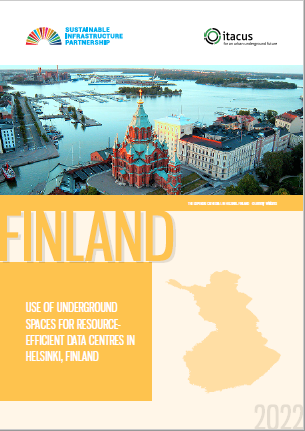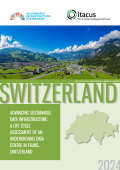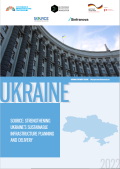
The case study details Helsinki's exemplary use of it´s underground spaces. Helsinki is the capital city of Finland and serves as a leading seaport and industrial city in the country. To control the development of infrastructure and reduce natural resource use, Helsinki has adopted principles of circularity by repurposing pre-existing underground tunnels and caverns. This was a part of a broader strategy to expand the use, planning and management of the underground.
An empty Second World War bomb shelter made of granite and situated beneath the Uspenski Orthodox Cathedral has been given a new purpose by a Finnish information technology company, Academica, and Helsingin Energia, an energy company owned by the city of Helsinki. Academica has installed a 2-megawatt data server 30 metres below the Cathedral – in this former bomb shelter – and sources cold water from the Baltic Sea to cool servers. Rather than returning the hot water to the sea, it is transferred via a separate pipe network of desalinated water and pumped into the city’s underground tunnel network to the district heating system for which these underground tunnels were originally built. This transfer of excess heat is used for heating 500 homes in Helsinki. After the extraction of heat, the water is recycled back to cool the servers again.
Guiding principle #5 Resource Efficiency and Circularity, from the International Good Practice Principles for Sustainable Infrastructure.




